Surprising Facts About The Nightmare Before Christmas
What movie better encompasses the holiday spirit than one that covers both Halloween and Christmas? The Nightmare Before Christmas is a classic suitable for a wide range of audiences. Its massive success has lingered throughout the decades, but it wasn't always such smooth sailing for the film. The three-year-long production went through many hiccups under the watchful eye of Disney, while producers scrambled to come up with a barely-formed script. Not to mention that the complexity of stop-motion required the most talented designers around. The creepy movie had to cut scenes for childrens' sake, including Tim Burton's cameo. Read on for more wild facts about this holiday favorite.
It Began With A Poetic Parody

While Tim Burton was working for Disney, he was also experimenting on his own creative projects. One exercise he did was write a poem modeled after The Night Before Christmas, apparent in the line, "Not a creature was peaceful, not even a mouse." It was a parody, so he named it The Nightmare Before Christmas.
The poem developed into what would become the movie with lines like, "Jack Skellington was his name./ He was tired and bored in Halloweenland."
California Weather Influenced The Film
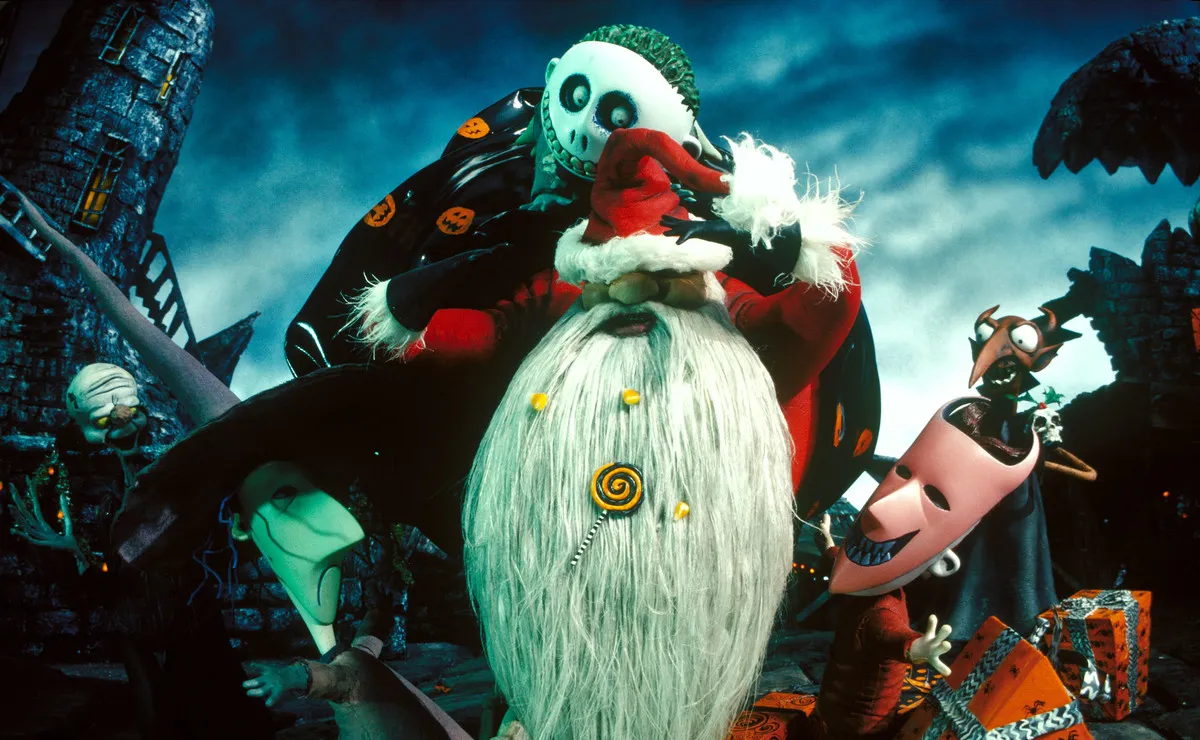
The film's DVD features behind-the-scenes trivia including Tim explaining what inspired the idea. While The Night Before Christmas was the model for the story, the idea of Halloween coming into contact with Christmas stemmed from shopping stores in California.
He says that since the state has few weather changes, decorations become vital to differentiate between the seasons. Stores will start selling both Halloween and Christmas decorations in fall, which gave Burton the idea of Halloween Town and Christmas Town colliding.
Disney Initially Declined The Idea

According to an interview with director Henry Selick, Tim Burton and his sculptor partner Rick Heinrichs pitched the idea to Disney way back in 1983. He says that it wasn't right for Disney's identity at the time.
However, once Tim Burton created Beetlejuice and Batman, his name and movie were too big to pass up. He initially planned to produce the entire movie himself, but Disney had come around and wanted to be involved this time.
They Barely Had A Script When Production Started
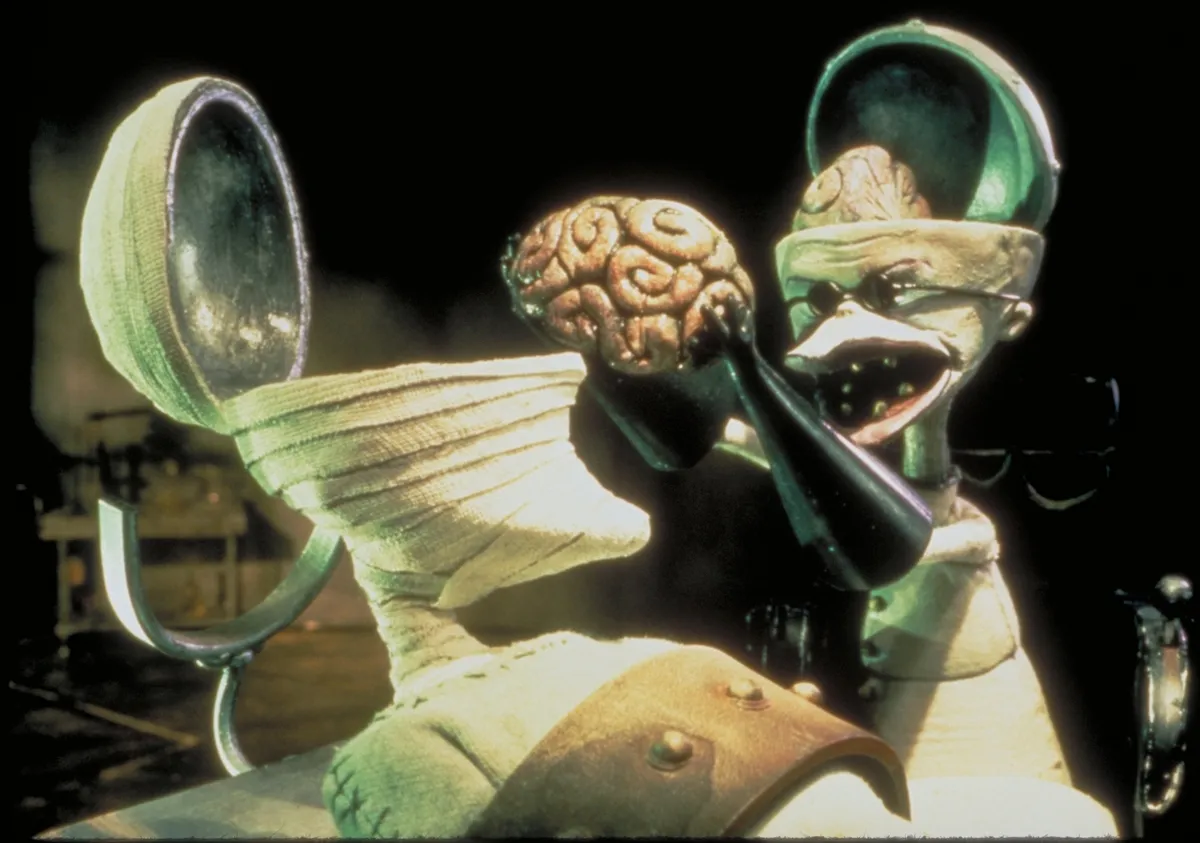
Henry Selick goes on to tell The Daily Beast, "We had three songs by Danny Elfman but no real screenplay, and we had to start because we had a pretty tight budget." They started with the song "What's This?"
Meanwhile, Danny Elfman's girlfriend at the time jumped in to assist with the script. Caroline Thompson helped interweave the songs into the screenplay. While the crew seemed small at first, it grew substantially over the three years that the film was being produced.
Jack's Empty Eye-Sockets Were Not Approved Of
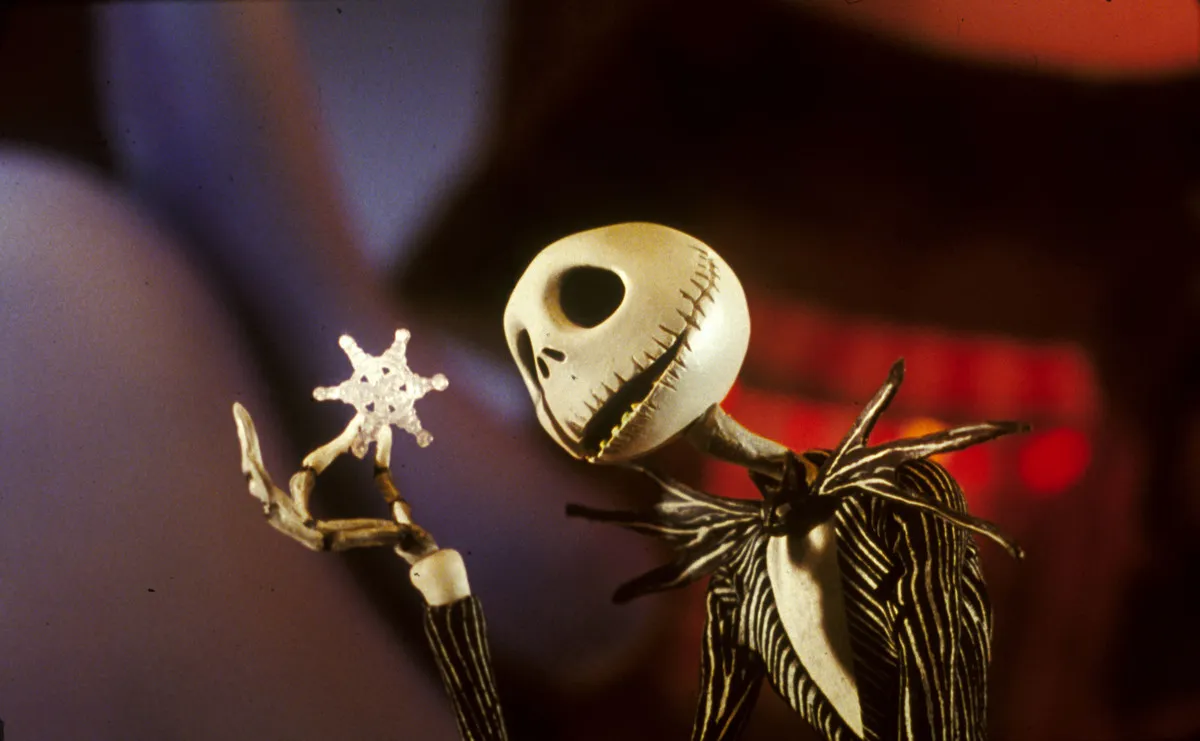
Though Disney had come around so far as supporting the creation of the film, their love-hate relationship with it remained. One thing that threw Disney off was the omission of Jack's eyes. They wanted the character to have eyes if they were going to endorse it. They feared that the young audience would have a hard time connecting with the character.
Since Tim refused to give Jack Skellington eyes, Disney didn't put up their name banner at the beginning of the movie. Instead, Touchstone was presented as the movie's leading production company.
Jack's Suit Needed A Tweak

Tim Burton initially had planned that Jack would wear an all-black suit. Director Henry Selick elected to add the white stripes to the suit, not only for the sake of fashion but due to the functionality of the scenes.
Jack's all-black suit would have clashed with nearly every scene in the movie since it's a notably dark film. Imagine Jack in the scene here wearing all black-- he would have disappeared into the background. The stripes ensure that Jack pops in every scene.
Can You Spot The Disney Characters?

Despite Disney's tumultuous feelings about the movie, they did allow to of their most beloved characters a cameo in the film. In this still, you can see a brother and sister being frightened by their toys.
The female is holding a toy that was Tim Burton's take on Mickey Mouse, while she's also wearing Mickey Mouse pajamas. The boy wears Donald Duck pajamas, and in the background a creepy duck toy with spiky teeth appears under the Christmas tree.
Elfman Got A Cameo, But Burton's Got Booted
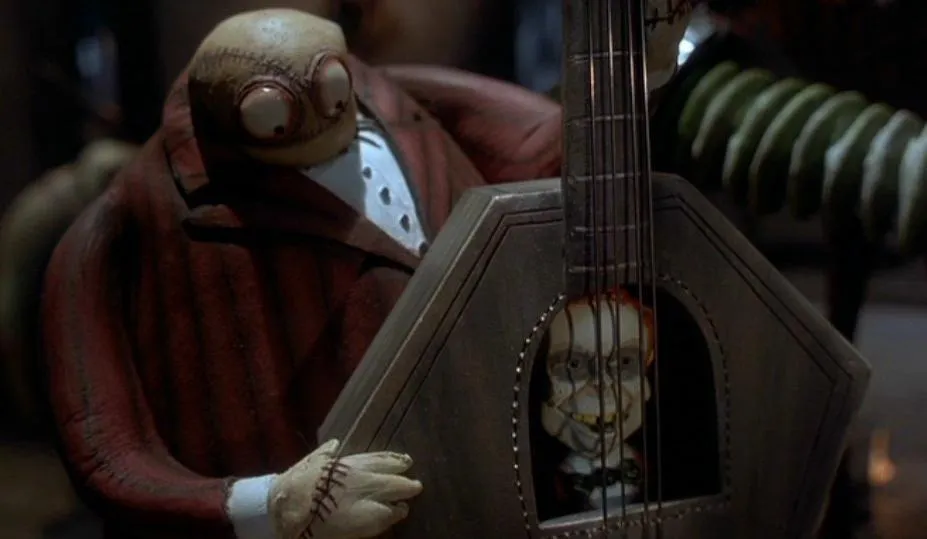
Danny Elfman had collaborated on several movies with Tim Burton, including Beetlejuice and Edward Scissorhands. As the composer of The Nightmare Before Christmas and the singing voice of Jack, Danny earned his cameo as the corpse stuck inside the upright bass of the Halloween Town band.
The crew also filmed a cameo for Burton, where the vampires are playing hockey. Initially, their puck was supposed to be Tim's decapitated head. The scene was too gruesome for children, so they substituted the head with a jack-o-lantern.
Danny Elfman Drew From His Past In This Song
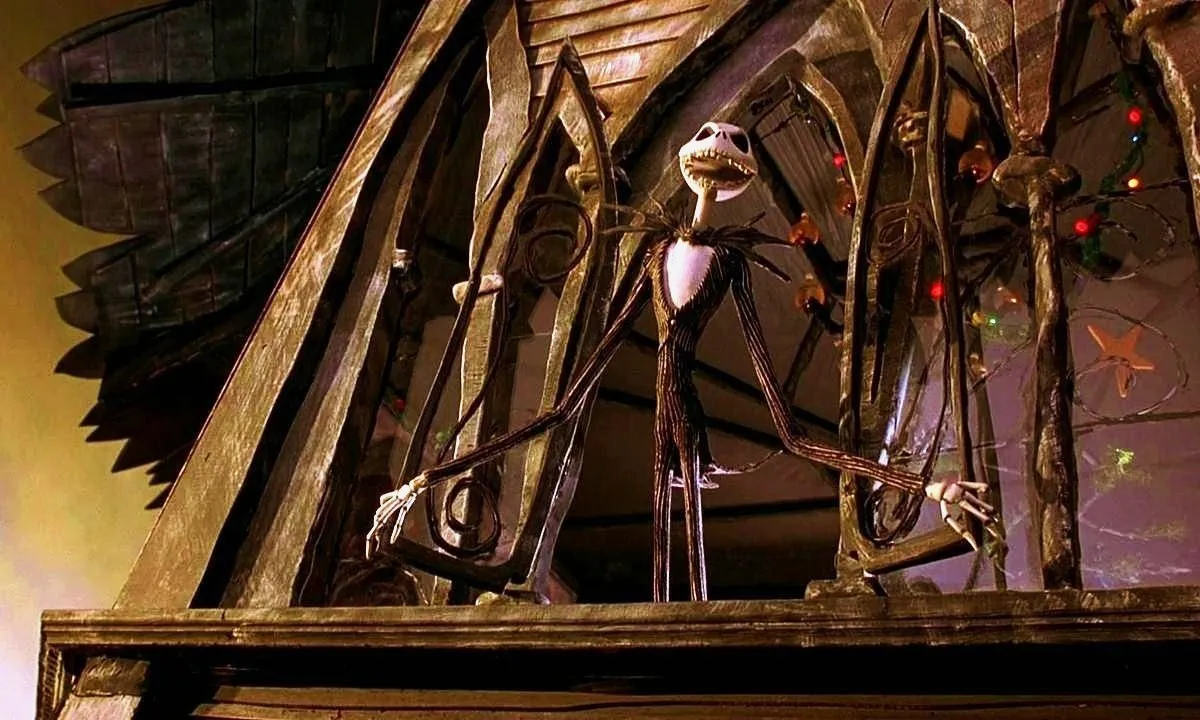
Danny Elfman began his career as a musician when he was the frontman of the band Oingo Boingo (which sounds an awful lot like the character Oogie Boogie). However, any correlation between the two has not been verified.
What has been verified is that in the song "This Is Halloween," the line, "tender lump lings everywhere" was borrowed from an Oingo Boingo song titled "Tender Lump Lings." Since Danny wrote both songs, it makes sense that there would be a touch of overlap.
There Was An Alternate Ending
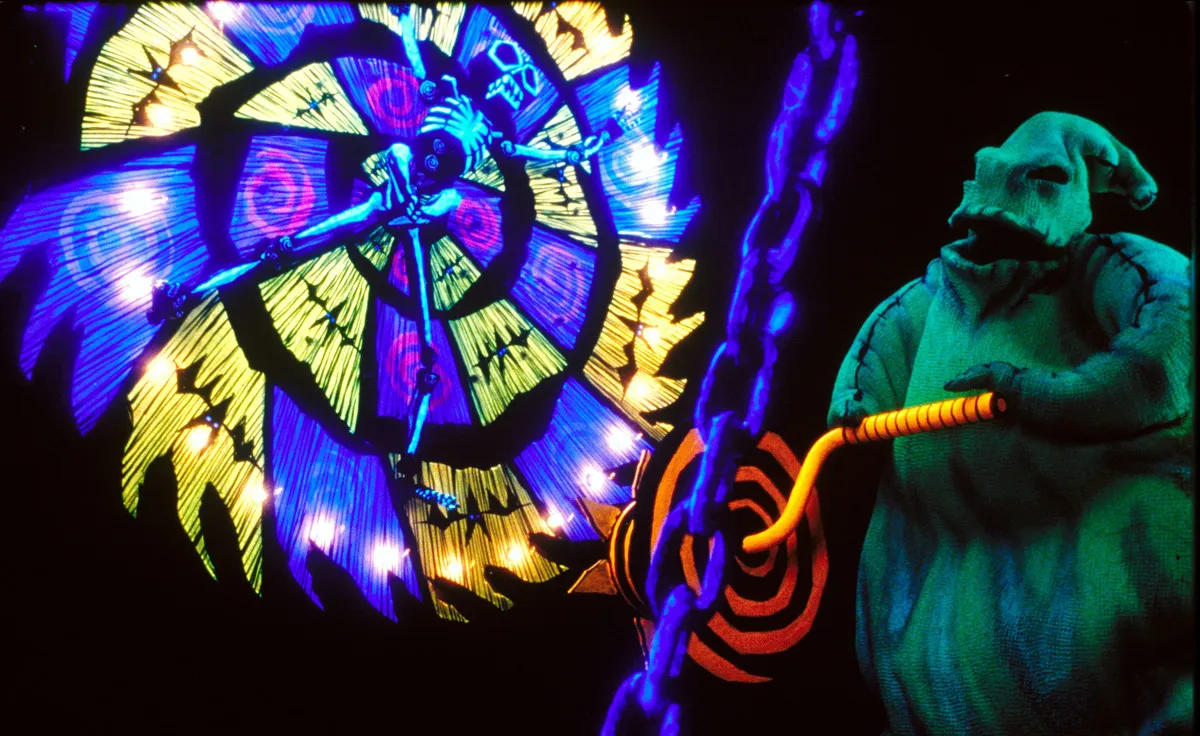
With so much collaboration going on to get the script in order for the sake of staying on schedule, ideas bounced around regarding the ending. Henry Selick told The Daily Beast that he initially wanted a "Scooby-Doo sort of ending."
In Henry's ending, it would have been revealed that Oogie Boogie was really Dr. Finkelstein. The team went as far as creating a storyboard for the idea. Whether it was time constraints or opinions that got in the way isn't clear, but the team never filmed the idea.
The Film Was Intended To Be A Holiday Special
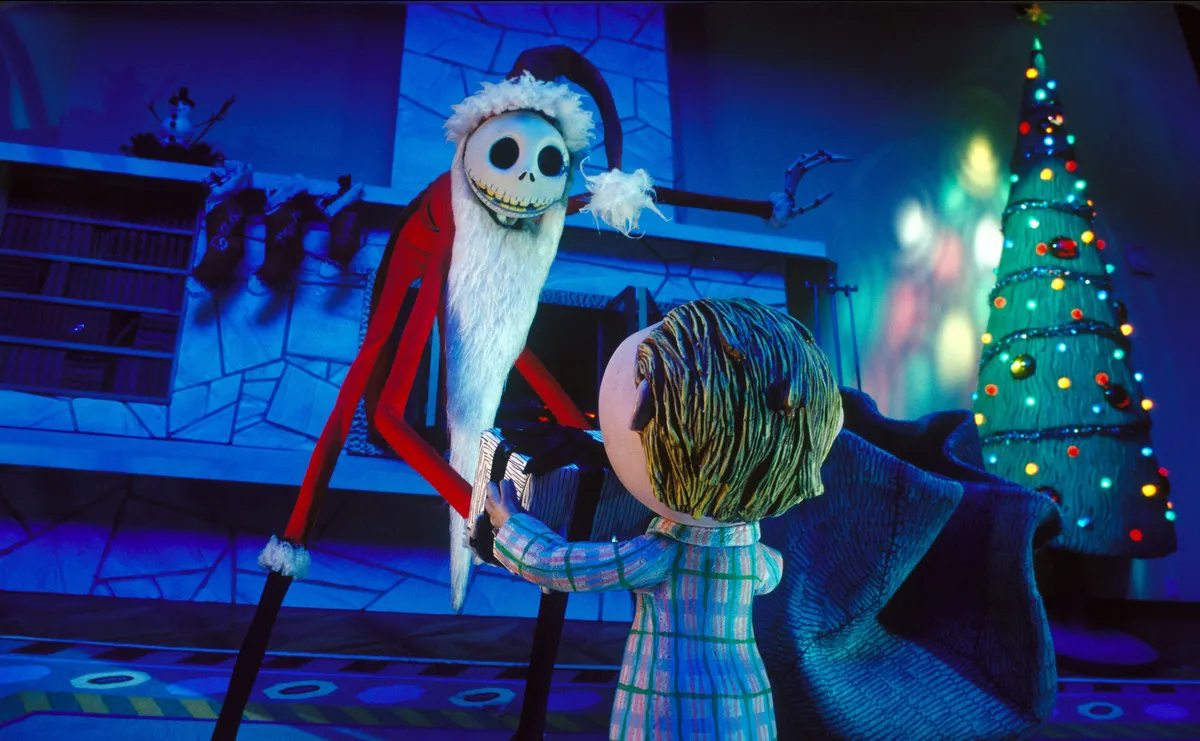
Tim Burton initially planned to adapt his poem The Nightmare Before Christmas into a television special. He wanted it to be narrated by Vincent Price, an actor known for his performances in horror films. Nevertheless, the film still drew inspiration from other holiday specials.
This includes How The Grinch Stole Christmas, which has a scene between the Grinch and Cindy Lou Who that looks similar to the scene pictured here. This also includes Rudolph The Red Nose Reindeer, which explains Jack's dog, Zero, having a glowing jack-o-lantern nose.
Each Second Took A Ton Of Effort To Create
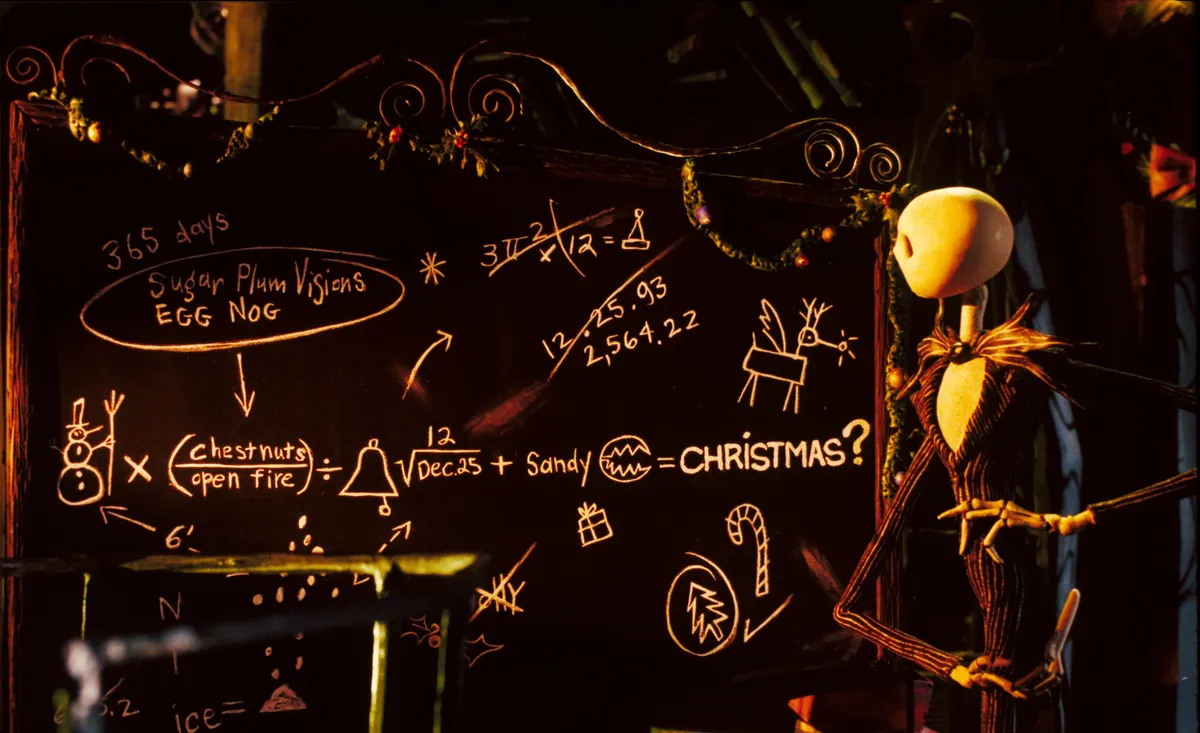
Each second of the film consisted of twelve stop-motion frames. One minute of the film would take one week to make. All in all, the movie consisted of 109,440 frames. With such high numbers, it's no wonder that more than 100 team members had to work on the film, which took more than three years to develop.
In that time, Tim Burton was able to complete two other films-- Batman Returns and Ed Wood-- while production of The Nightmare Before Christmas was still trekking along. On top of that, the film only had an $18 million budget.
Characters Influenced Other Characters

The snake toy in the movie resembles the sandworm in Beetlejuice, and the shrunken head toy is taken from the shrunken head in Beetlejuice. Burton's reimagined Micky Mouse toy also resembles the top of the department store in Batman Returns, and the duck toy is similar to The Penguin's duck vehicle in Batman Returns.
Burton wasn't the only one who borrowed from his other films. Selick brought the character Jack Skellington into his later film, James and the Giant Peach, as the pirate captain. He also placed Jack's smiling skull into the yolk of a cracked head in Coraline.
Creators Couldn't Change Sally's Head
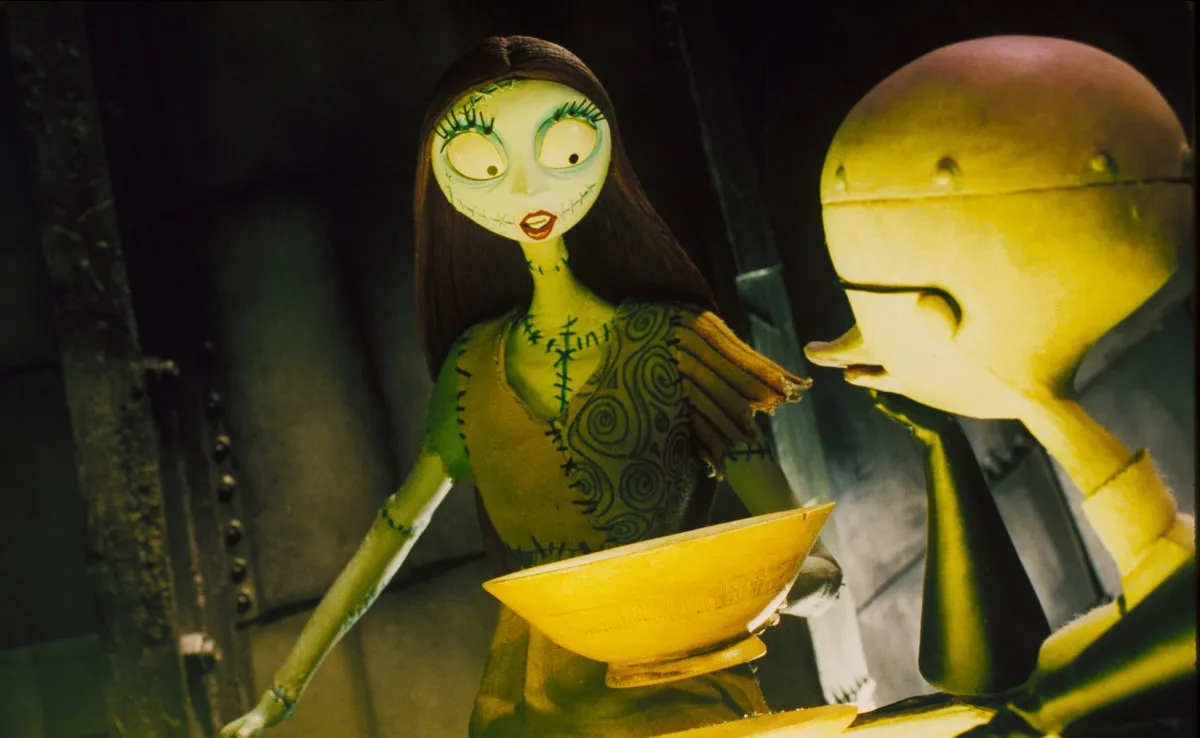
One of the movie's most talked-about pieces of trivia is that more than 400 heads were created for Jack. The heads would be changed out during scenes in order to speed up the filming process. However, due to Sally's hair, they couldn't do the same for her character.
Instead, designers created masks for Sally that wore different facial expressions. Sally's actual head was not a sphere but an oddly-shaped piece created to fit together with her many different face masks.
The Set Was Miniature But Massive
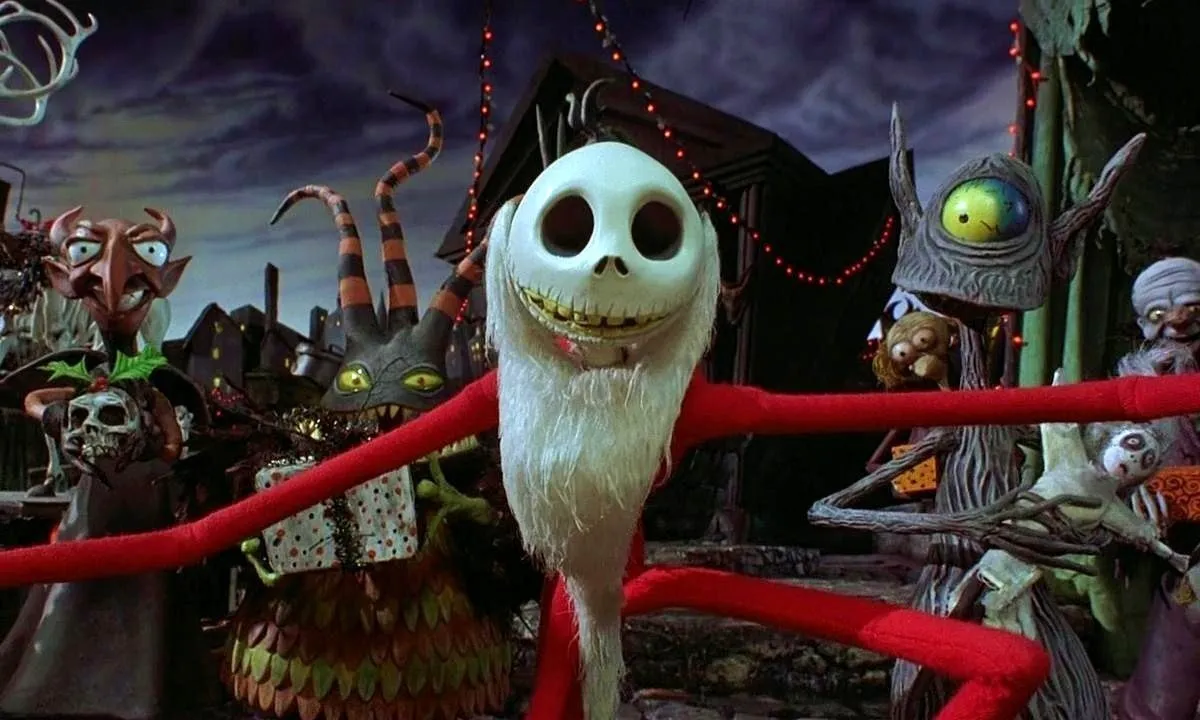
Despite the set being shrunken down to the size of a dollhouse, as a whole Halloween Town had a ton of components. That's why set designers had to build it in such a way that pieces could be easily broken apart because the entire set could not fit into any of the spaces they filmed in.
In addition, it may seem that the movie as a whole is rather dark. But to get this dramatic effect without sacrificing the film's quality, it required as many as 30 lights. There were also eight camera crews and 13 animators on the job.
The Soundtrack Includes An Epilogue
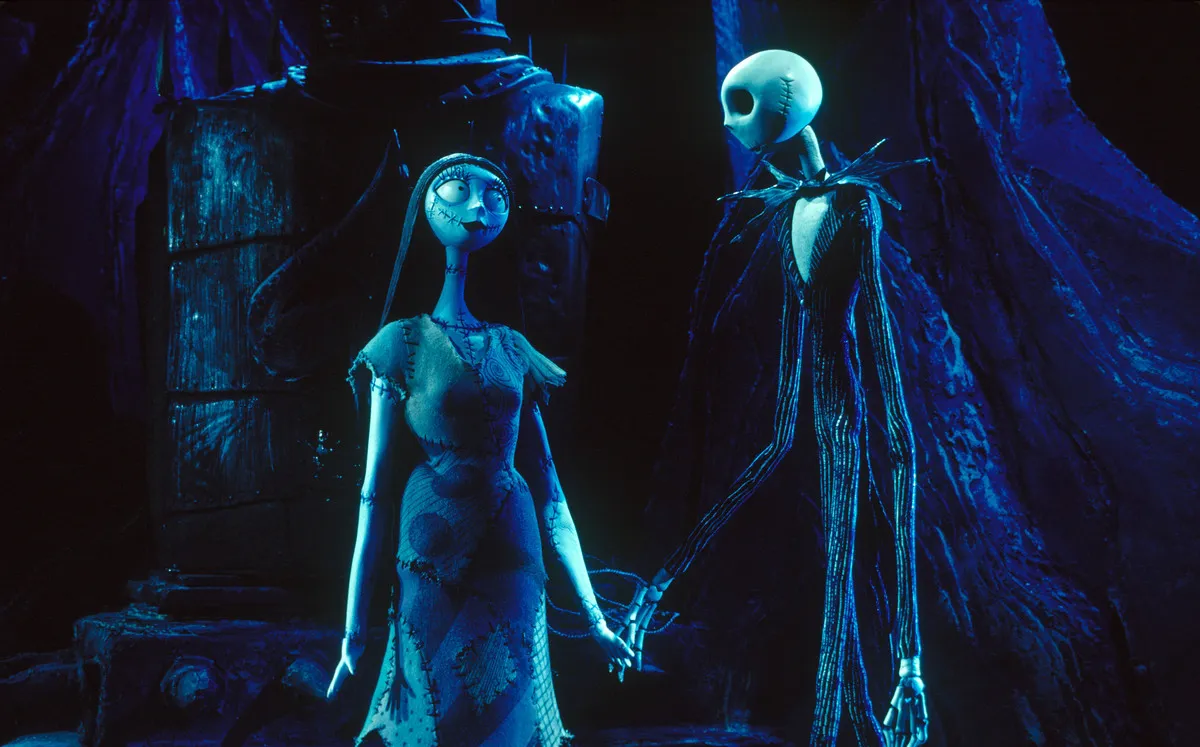
If the end of the movie wasn't enough for you, you may want to consider getting the soundtrack which adds a component that the film is without. In the epilogue, Santa visits Jack in Halloween Town years later.
When Santa visits, he discovers that Jack has about five skeleton children. It looks like Jack and Sally lived happily ever after. Also omitted from the film was a song by Behemoth and a dance number by Oogie Boogie.
The Characters Were High-Tech Puppets

There are 60 characters in the movie and each one has three or four duplicates. That means that there were around 200 puppets that the design team had to make, not to mention Jack's 400 heads and Sally's multiple masks. What's crazier is that only four sculptors created all these puppets.
The heads were made of clay, while the bodies contained an armature inside that allowed for a wide range of movement. Despite not having eyes, Jack still blinks. This required pieces of clay being wedged into his eyes and three frames of film per blink.
The Set Had Trap Doors

The team consisted of more than 100 specially trained camera operators, puppet designers, and prop and set builders. Since the set was so massive, it was important that team members could reach the characters. If one frame was wrong, the entire scene had to be reshot.
To solve this problem, the set designer built trap doors into the set. This enabled the team to access the characters from beneath the set when they needed to be moved for the next frame.
There Were Hundreds Of Sets
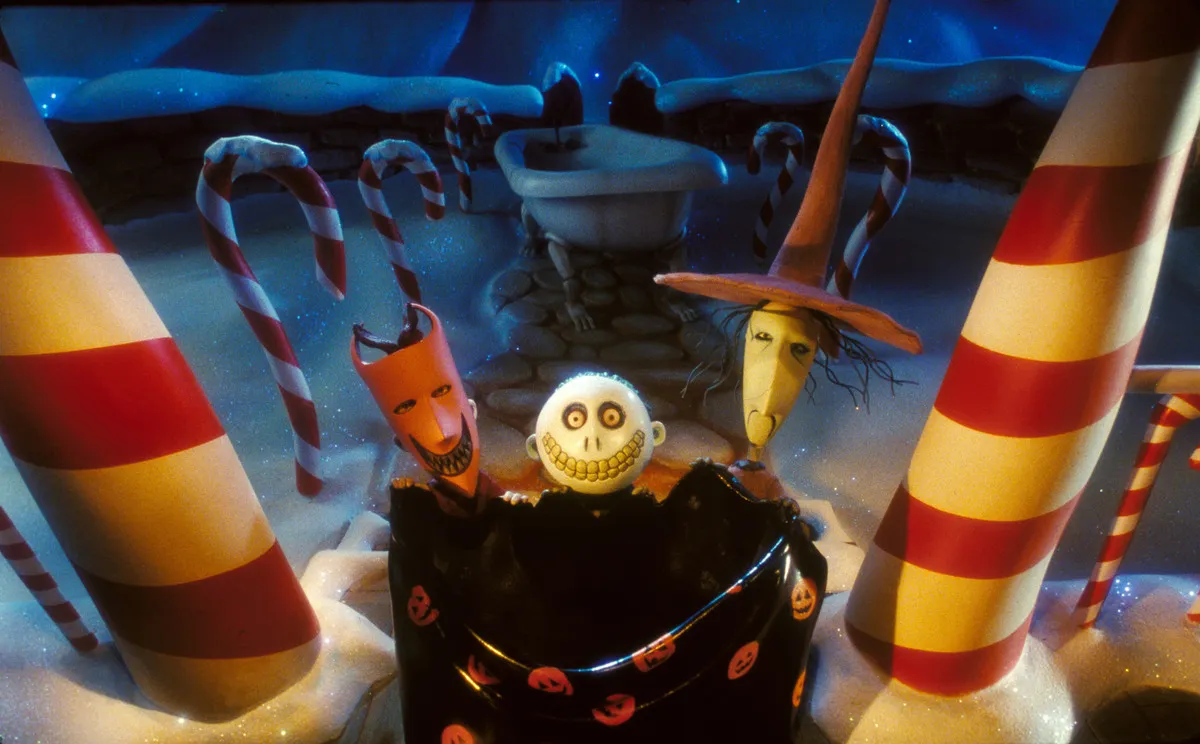
Tim Burton wanted the sets to reflect the mood created in the ink illustrations of artists Ronald Searle and Edward Gorey. That seems straightforward enough until you hear that there were 230 sets required for the film. As if that wasn't enough, the sets were also filmed on 19 different soundstages.
Considering the insane amount of work that went into creating the film over multiple years, you would think it would be one of the highest-grossing films. Shockingly, it wasn't even close, earning a modest $50 million at the box office.
Burton Fought To Keep The "Spirit" Of The Film
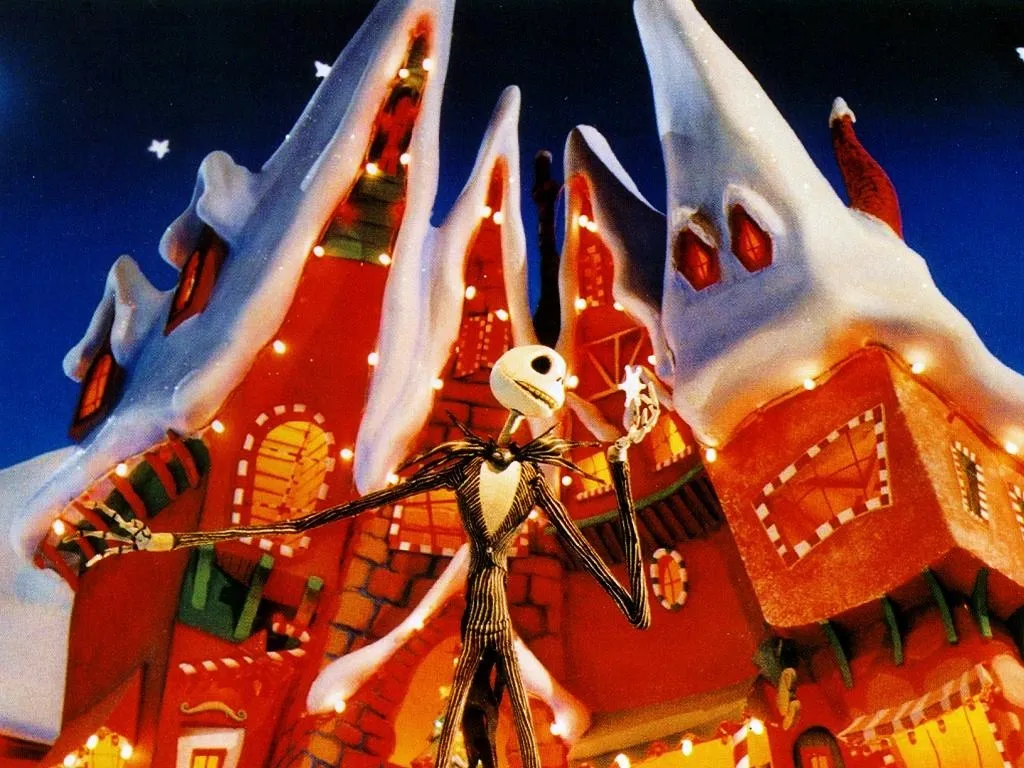
Unlike some filmmakers who are all about the money, Tim Burton refused to do a sequel or a spinoff of the original for fear that it would negatively impact the movie's quality. He has said the movie has to be left alone in order to keep its "spirit intact."
This belief may also be the reason that he has refused to allow Disney to turn the movie into a ride. However, the Haunted Mansion ride at Disneyland is converted for a short time out of the year to feature characters from The Nightmare Before Christmas.









